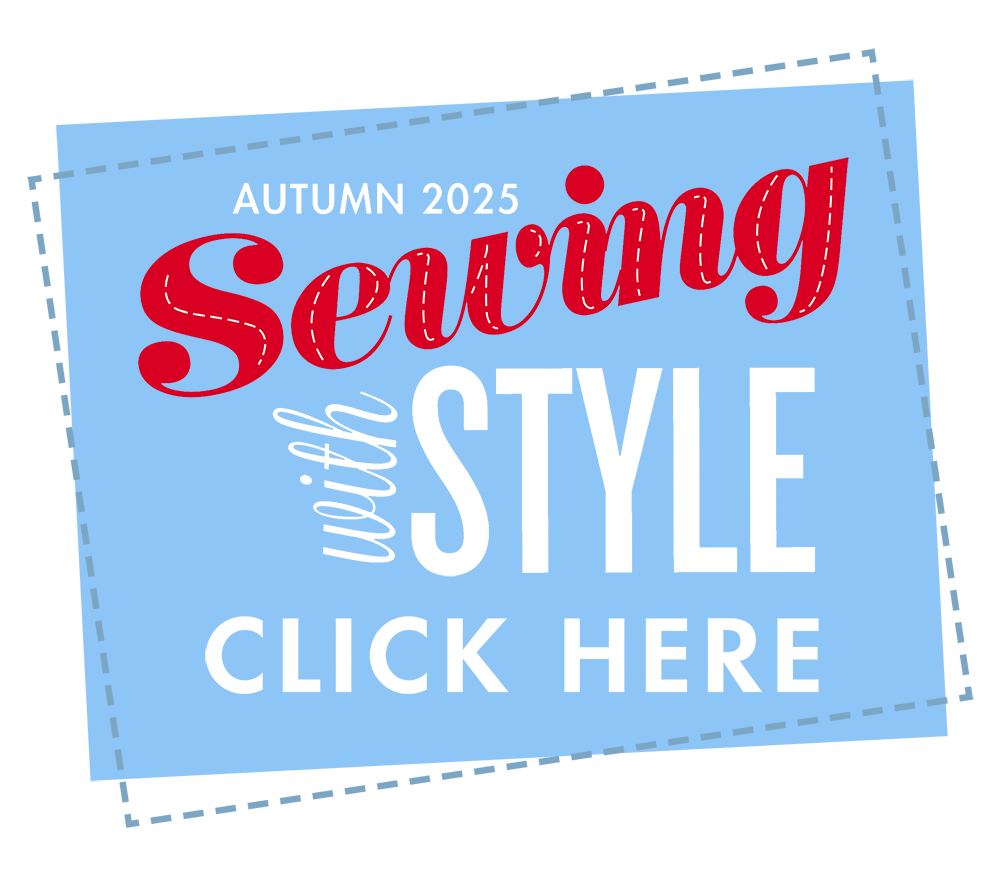Dianne Nixon - Using the Right Tools for the Job to Achieve a Professional Finish
- Jordan Slater
- Oct 14, 2024
- 3 min read
Using the right tools for the job: thread, needles, feet and the often-forgotten needle plate and be prepared to change them during the construction/Assembly stages.
For reference I use a JANOME CM8P
As part of the construction process for a bag I will tend to use a good quality polyester thread, even when working with 100% cotton fabric as its much stronger, I would choose a purple tip needle as I find this the best option When working across a mix of fabrics e.g. water resistant canvas, vinyl, quilting cotton, and zip (I tend to use number 5 zipper tape on a roll) I mainly use the HP2 foot and needle plate HP. Having tried various combinations, I found this to work best for me – this foot/needle plate is supplied across a range of Professional Series models, please contact your Janome dealer for more information. Your machines’ instruction book or the on-line help will guide you through the set up. The HP2 foot being narrow supports stability, keeping multiple layers secure and avoids the layers slipping, especially when working close to the edge. I also find in general I don’t have to change to a zipper foot.

Tip - When the construction process requires basting of layers, I switch the needle plate to the general zig-zag plate. When changing to this plate the needle position will automatically change with the needle sitting directly above the hole on the right-hand side of the foot – keeping your stitches at 1/8th of an inch.
If you are working with vinyl/faux leather and you find that the fabric is sticking and not flowing smoothly under the foot and across the needle plate, changing the foot and the needle plate to the Ultra Glide needle plate and foot (Part number 202201005) makes the job easier.
Having constructed the different elements of your bag now here comes the fun bit – assembly.
Your choices of fabrics and the degree of structure you require for your bag will determine the thickness of your completed bag, and the chunkiness that your machine must cope with.
TIP – If necessary, change your needle to a #14 or even a #16 Jeans needle. – it will save your needles and reduce your stress level!
Having recently completed a robust rucksack from multiple layers of waterproof canvas, pockets, flaps, handles, D-ring connectors etc. all of which were stabilised with foam and/or DecoLite to enable the bag to ‘stand up on its own’, the inside also had multiple pockets, some of which were quilted, the final assembly was tricky. Using a #16 needle and going slowly was required for most of the Assembly. For the final topstitching, however, I found the thickness a bit hard going.

To achieve a professional finish, I wanted to use a thicker thread (#45) with a stitch length of 4 so I did some experimenting and discovered that Janome have re-engineered a foot that is featured on industrial machines– the HD Roller Foot Part No. 202418007 - this is a game changer for Domestic machines!

The presser feet for domestic machines all drop the foot directly onto the fabric, the HD roller foot replaces the foot mechanism with a Roller mechanism that sits to the side and is fully adjustable. I found that I only had to complete the set up in adjusting the roller once, (so it sits on the outside ‘feed-dog), I then adjusted the needle position to the left, this enables the needle to stitch close, but not touching the roller, as this rotates holding the fabric in place, and feeds the layers of fabric at the same time. I used it for the final topstitching and the construction of the straps and handles.

See samples below of the different layers of thickness of fabric and thread (Tex45 and Tex35, - I did have to change my settings for tension and foot pressure. The thickest example was 4 layers of vinyl, and 4 layers of canvas sandwiched together, using a #45 thread with a size 16 Jeans needles = No breakages).
TIP - The HD roller Foot has a rotating wheel which, as a moving part, will periodically require a very small amount of oil to keep it rotating smoothly. Refer to the instruction sheet inside the blister pack.

It’s bags, bags and more bags here. I hope you found this blog of interest to help you experiment with making use of the different accessories that will help you to take your bag making to the next level.











Comments